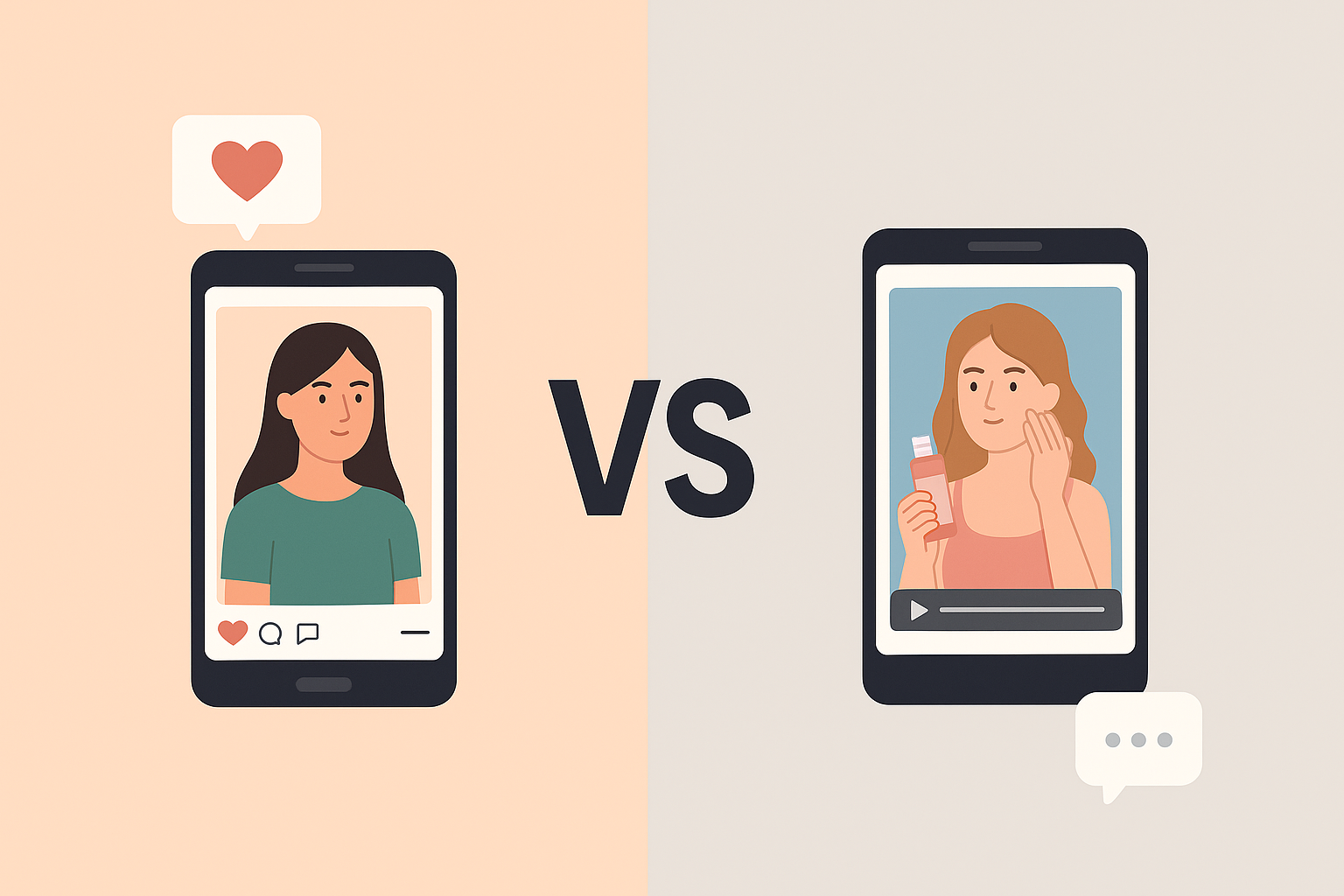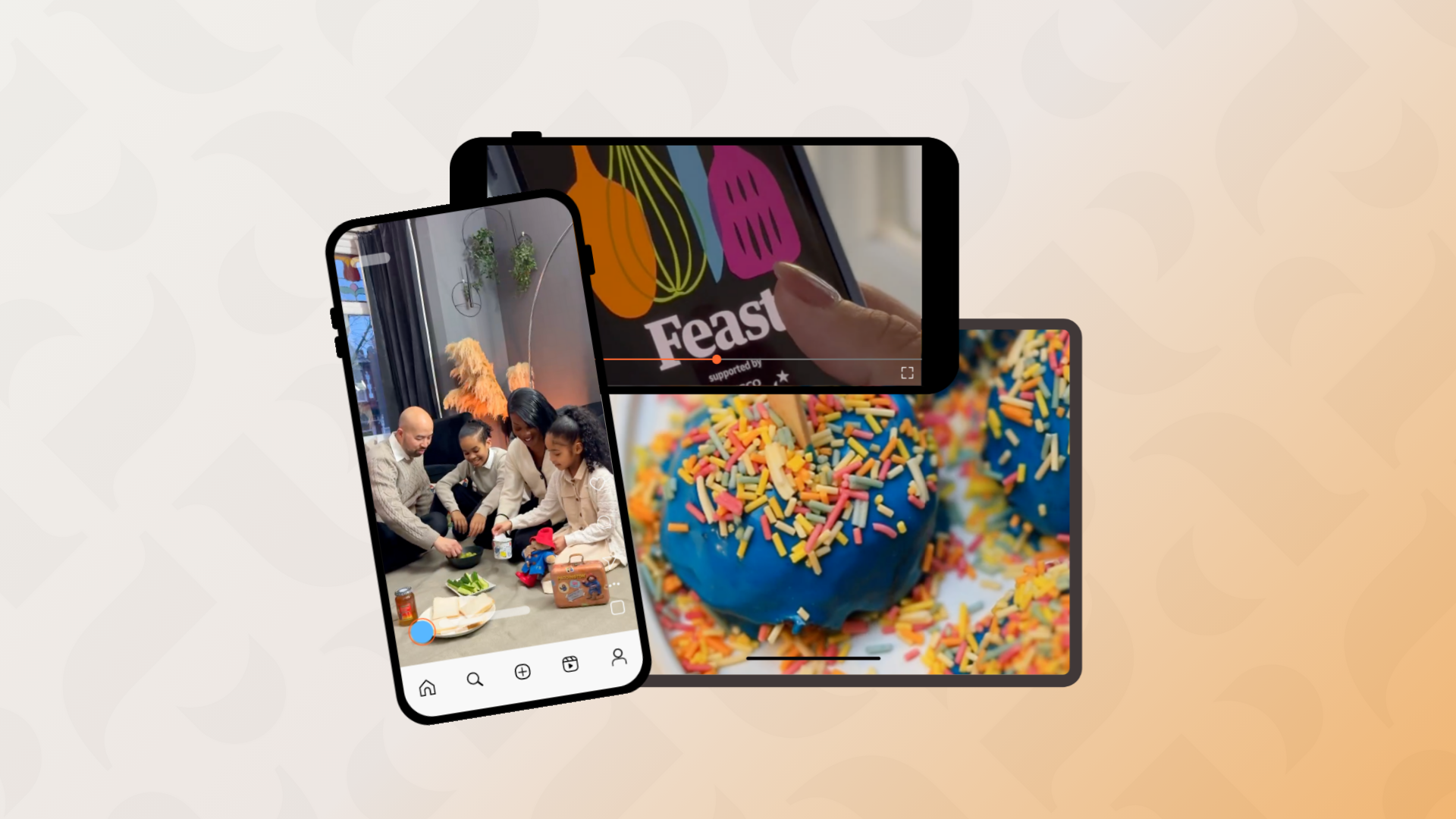How Publishing Brands Can Engage Digital Audiences Through Social Media in 2026

Publishing is evolving faster than ever. Readers who once browsed print magazines or newsstands now scroll social feeds for stories, insights and inspiration. For publishers, this shift is both a challenge and an opportunity. The mission is no longer only to inform, but to connect - and to do it in real time, across multiple platforms.
At Pepper we have supported publishing brands such as The Financial Times and The Guardian with social-first strategies that move beyond link-shares to true audience engagement. Here’s how publishing brands can use social media to grow reach, deepen relationships and stay relevant in a world where attention is the new currency.
1. Lead With Value, Not Just Headlines
Audiences today crave context and expertise. Publishing brands must go beyond simply sharing links to articles. Instead, repackage content into digestible social-first formats: short explainers, carousel summaries or quick commentary clips.
The aim is to give value in-feed. If readers learn something before they click through, they’ll trust you more and return for more. Social media is now the front page of your publication, so make every post stand on its own.
2. Humanise the Voice Behind the Brand
Readers engage with people, not publishers. Spotlight journalists, editors or contributors who bring your content to life. Behind-the-scenes videos, newsroom Q&As or “why we covered this” posts give your brand warmth and credibility.
This transparency builds trust and positions your brand as approachable and authentic. It also helps audiences understand the craft and ethics behind quality journalism or storytelling.
3. Use Platform Strengths Intelligently
Each platform offers different storytelling mechanics:
- TikTok thrives on storytelling and bite-sized analysis. Use trending sounds or visual metaphors to unpack bigger ideas.
- Instagram remains ideal for visual storytelling. Turn articles into clean, scrollable carousels or video explainers.
- LinkedIn is perfect for thought leadership and professional commentary, particularly for trade or business-oriented publishers.
- X (formerly Twitter) still works best for quick news hits, expert takes and live coverage.
- YouTube supports in-depth analysis, author interviews or long-form series that mirror documentary-style storytelling.
Rather than posting everything everywhere, build tailored narratives that suit each platform’s culture and consumption habits.
4. Encourage Two-Way Conversation
The biggest shift for publishers is moving from monologue to dialogue. Use comment sections, polls and live sessions to open discussions. Ask readers for their opinions, predictions or experiences related to your coverage.
Treat your followers as collaborators in the storytelling process. This not only increases engagement but helps surface new perspectives and topics that matter to your community.
5. Experiment With Storytelling Formats
Traditional articles still matter, but modern audiences engage through mixed media. Try audio snippets, data visualisations or interactive infographics that tease larger stories. Adapt the tone and format to suit platform behaviour - fast, clear and visually led.
Short-form video remains one of the most effective formats for attracting new readers. Publishers that master story arcs in under 30 seconds are seeing strong growth in younger demographics.
6. Build Loyalty Through Consistency
Inconsistent posting breaks the connection between brand and audience. Create a publishing rhythm that readers can rely on — for instance, a daily recap, weekly insight or Sunday feature drop. Predictability breeds loyalty.
Scheduling tools and editorial calendars are essential here. Use them to deliver consistent content across platforms and maintain audience expectations.
7. Measure Engagement That Matters
Success for publishers should not be measured only by clicks. True engagement comes from saves, shares, comments and time spent watching or reading.
Focus on metrics that reflect attention and trust, not just reach. Qualitative insights such as sentiment, comment tone and topic resonance will help refine both editorial and social strategies.
8. Monetise Engagement Without Losing Trust
Audiences are more likely to pay for content from brands they feel emotionally connected to. Use social media to offer value-first experiences, such as subscriber-only newsletters, community events or digital Q&As, rather than aggressive paywall pushes.
Sponsored content and partnerships can work well when they align naturally with your brand’s tone and audience interests. Authenticity is key: transparency about sponsorships keeps credibility intact.
9. Why Partnering With an Agency Amplifies Your Impact
Building deep digital audience engagement requires editorial instincts, creative depth and platform expertise. An agency brings:
- Specialist experience across publishing and content brands
- Creative resources that scale production across platforms
- Analytical expertise to interpret social signals and refine strategy
- Efficiency enabling your team to focus on journalism while engagement runs smoothly
When the audience signal is strong, the storytelling is sharp and the platform tools are used intelligently, your brand becomes the go-to voice in the digital space.
The Takeaway
For publishers, social media in 2026 is not just another distribution channel. It’s a storytelling ecosystem, a community builder and a commercial driver. By combining smart repackaging, human voices, two-way engagement and consistent rhythm, publishing brands can grow loyal digital audiences who read, share and return.
Explore Our Latest Insights
Stay updated with our latest articles and resources.





Ready to elevate your marketing strategy?
Let’s add some spice to your next campaign 🌶️






